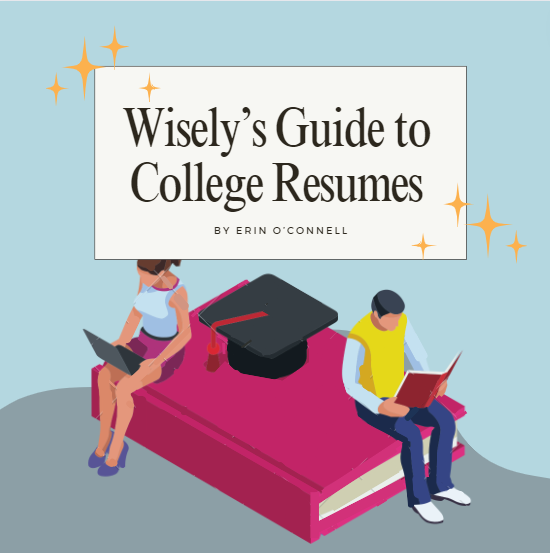COLLEGE ADMISSIONS
Save Yourself from Application Anxiety
College applications approach more rapidly than people may expect. During September and October of senior year, colleges recommend seniors to begin the application process. To anyone who has not yet dipped their toes into college applications, this article should cover the basics.
After narrowing down the thousands of college options out there, compose a list of five to eight colleges. Counselors and college preparation websites recommend this number. Of course, this number can vary. For example, I have only applied to two colleges, thus far, and may only apply to one or two more.
To put your comparisons into perspective, it may help to visit several colleges in person. Plus, this will make the final decision a little easier when the time comes to choose your number one favorite college.
Next, go to your desired college’s websites, and apply to each one. Most colleges require an application fee, which is usually not over 40-50 dollars. However, some colleges waive or do not necessitate the fee. I know applications seem daunting, but bunches of colleges, initially, only ask for demographic and basic personal information. One of the colleges I applied to did not require an application essay right off the bat. I simply paid the fee and entered basic information, such as date of graduation, date of birth, and contact information.
To avoid panic over application essays, write them in advance. Many students prefer to write their essays in the summer or September. For numerous state universities, like the University of Texas or the University of Arkansas, students can submit a Common essay, an ApplyTexas essay, or a Coalition essay. Hints the name, only use ApplyTexas essay prompts when applying to schools in Texas. Numerous colleges throughout the United States offer universal Common and or Coalition essays, which saves students from having to write five-eight different essays for each school. You may only need to write and tweak one essay if the prompts are similar enough.
Take the ACT or SAT, if you have not already done so. Or, if necessary to get accepted into your dream colleges, work on improving your score. In order to remain eligible for early action and early decision, take these tests prior to November. Even if you do not strive for the early application decision, go ahead and take the ACT and SAT. Although, getting this out of the way in Junior year will help save you from stressing. Personally, I took the SAT and the ACT, in June of Junior year, to discover which test I preferred. Then, I took the ACT again in September of Senior year. After taking the ACT again in September, I realized that I should have started taking these tests earlier on. At this point, I do not feel like going back to take either one of these tests again. I waited too long to retake the ACT, which is not the best if you strive for an astounding score.
Ask your teachers to fill out recommendation forms in September and October (if you are applying early). Find teachers that you have impressed, so that they can write positive words to further your chances of acceptance. Remember, your teachers do not owe you a recommendation. During these months, you can also fill out a financial aid form. Financial aid is a grant, loan, or scholarship that students use to help pay for college.
Certain colleges require a portfolio submission. Prepare this portfolio during the summer, or throughout high school, by participating in extracurricular activities and working diligently. Please note, many colleges do not require a portfolio submission. Typically, portfolios are only required for specialization colleges, that offer degrees in writing, acting, or art. Many colleges do require a resume, however. So, working with diligence and participating in activities can help boost the appeal of your application no matter what.
After sending all of the required material to potential colleges in October or November, do your best to relax before the early decision deadline. Applaud yourself for putting in the effort to reach for higher education.







